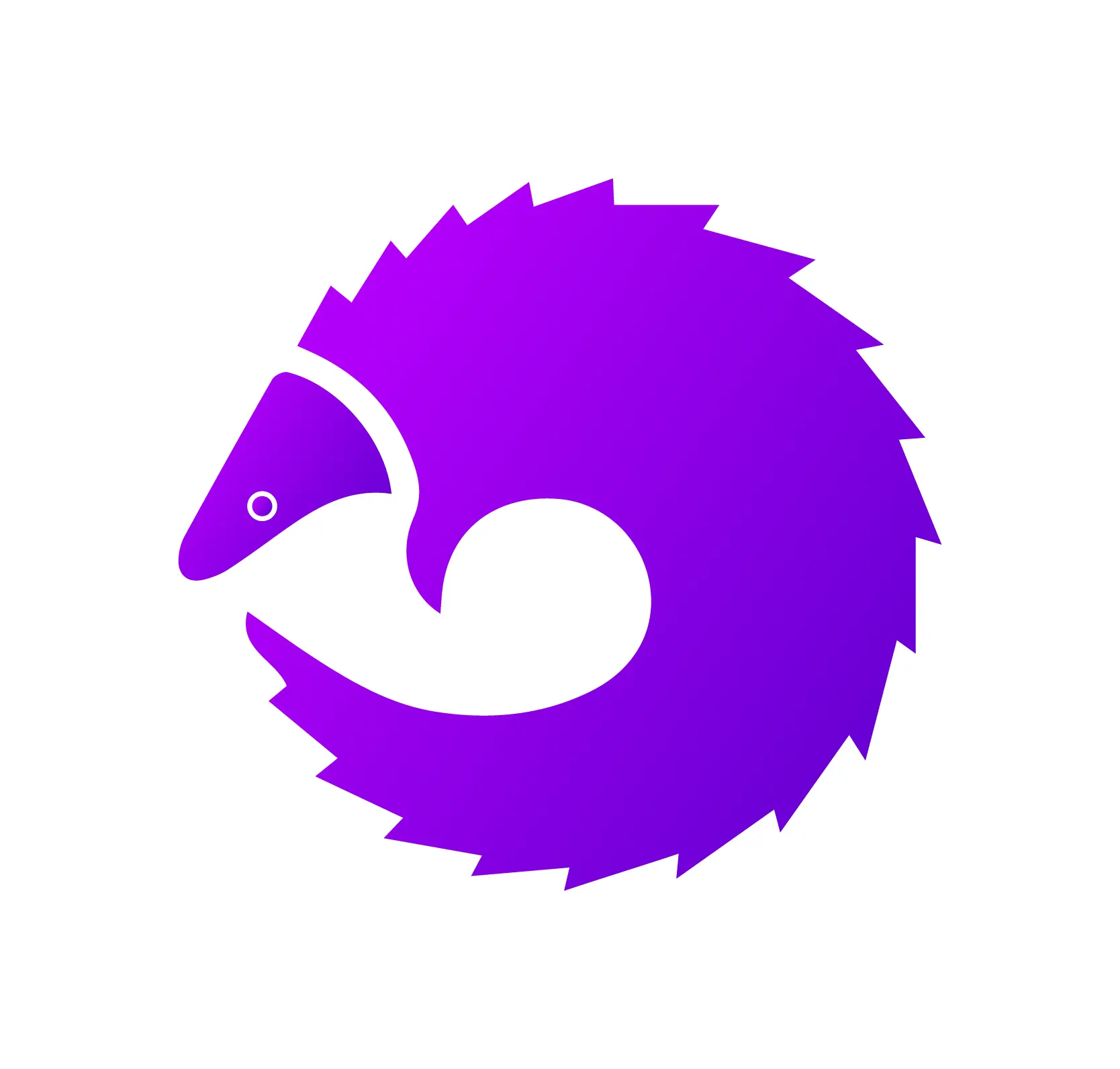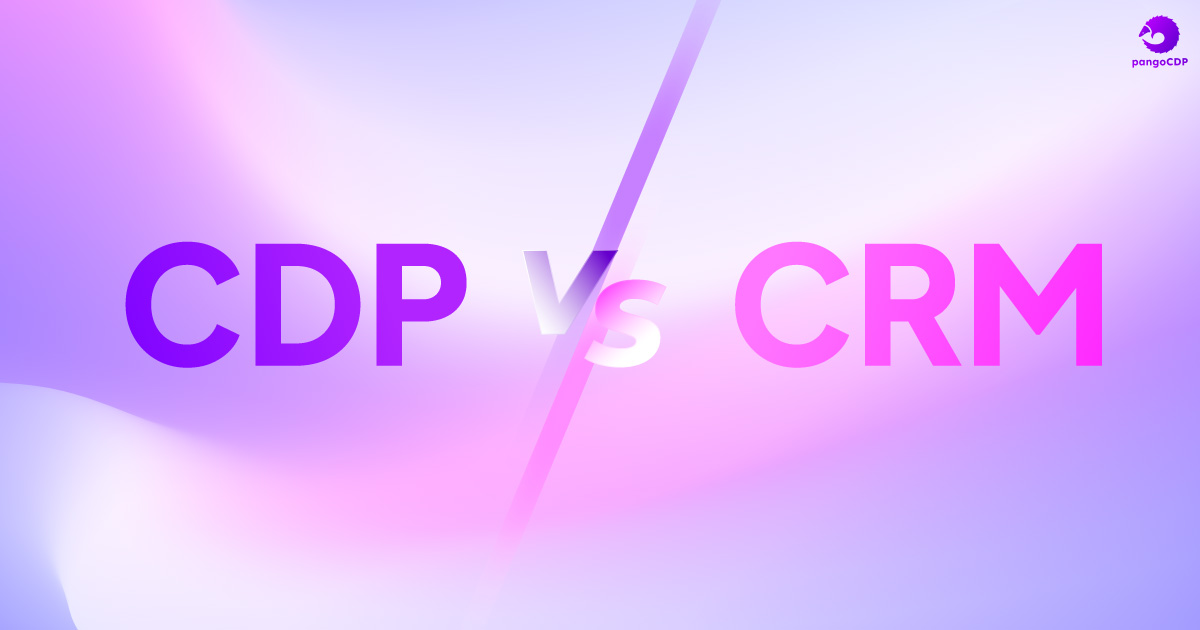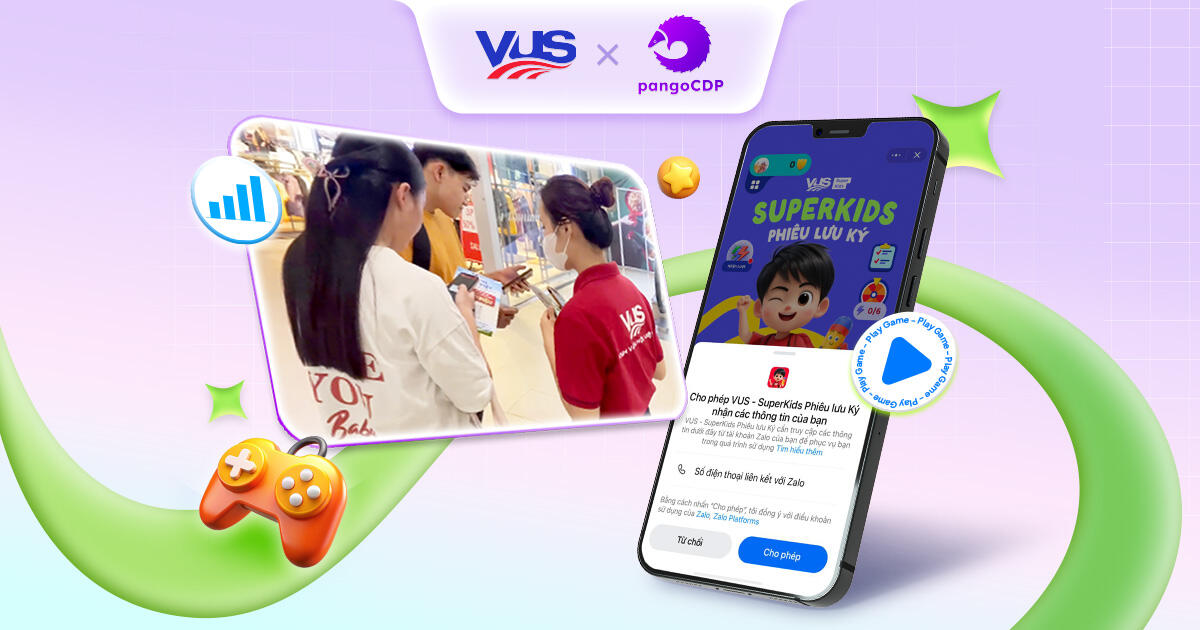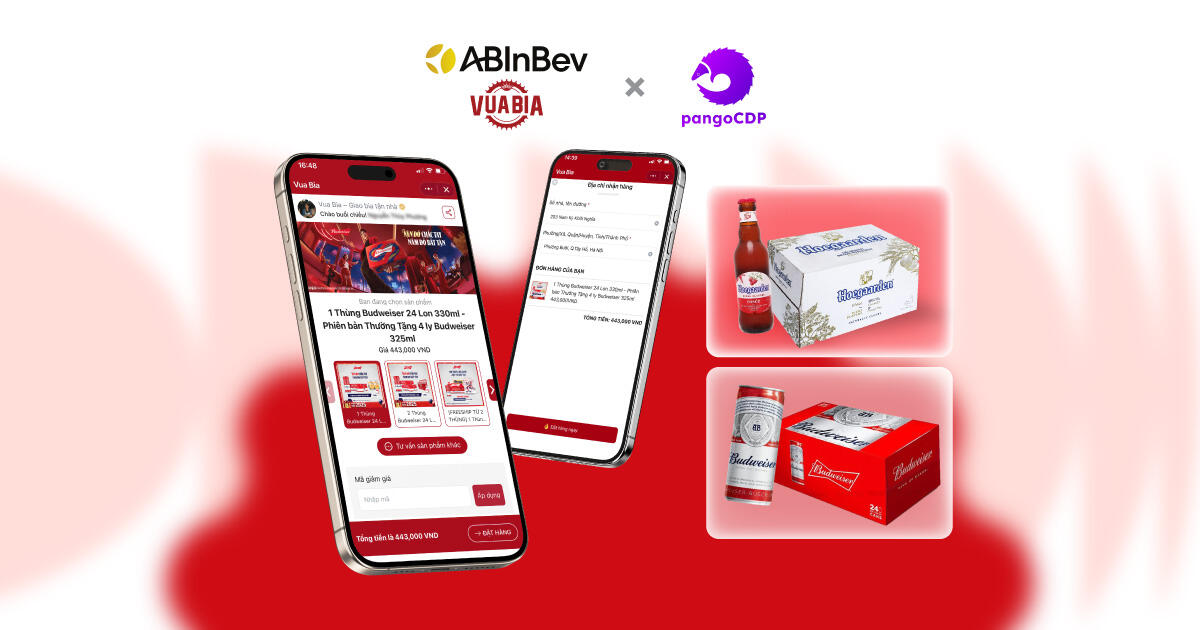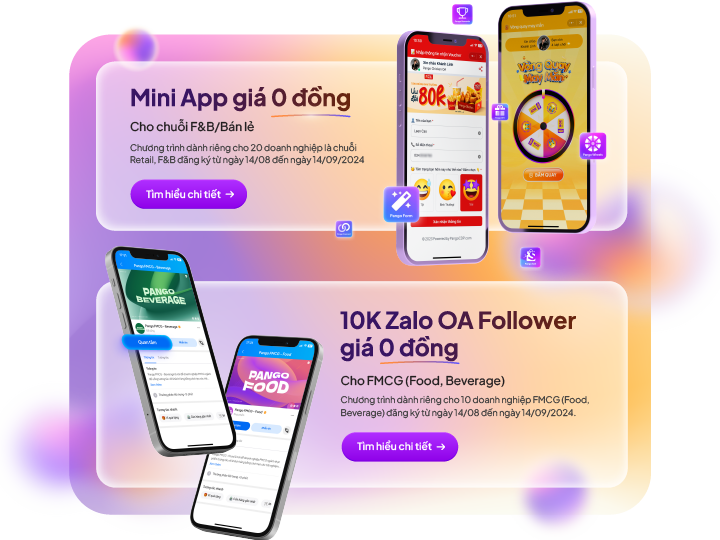When implementing sales, marketing, and product development campaigns, the step of collecting and managing customer information cannot be overlooked. In the world of digital and growth hacking, there are two important technology marketing platforms that are often confused with each other: Customer Relationship Management (CRM) and Customer Data Platforms (CDP).
In this article, we will delve into the differences between CRM and CDP to better understand how to apply them to your business goals.
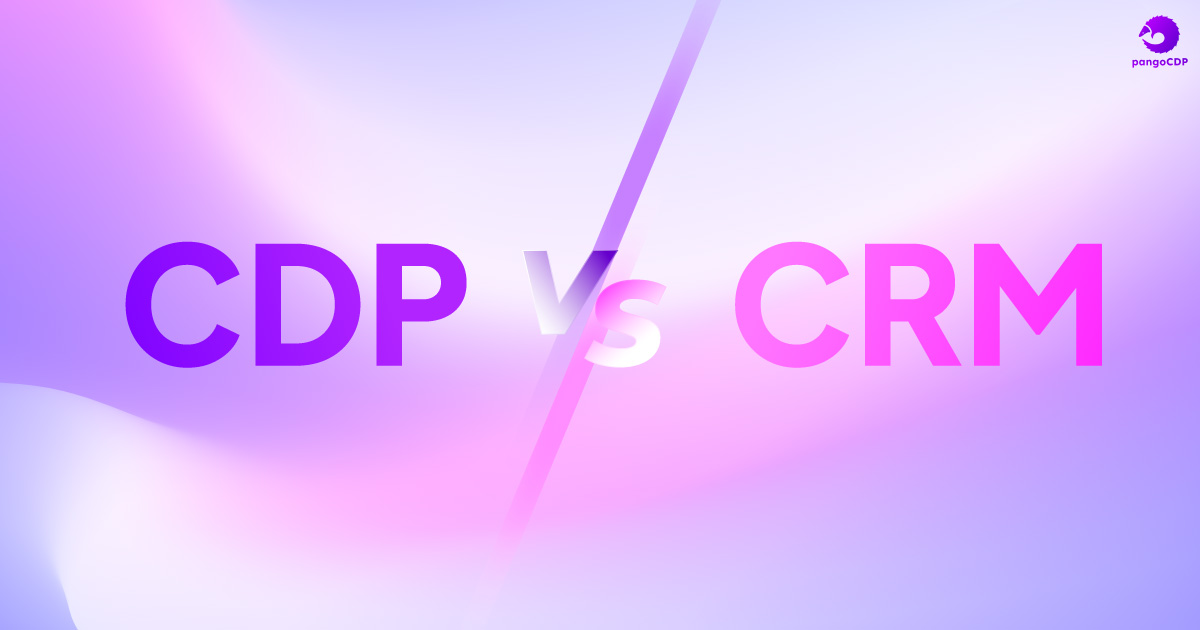
CDP and CRM are typically used to serve different purposes, complementing each other to provide consistent, personalized customer experiences.
CRM and CDP? What’s the difference?
Although both CRM and CDP focus on collecting data about customers, the most important difference between them is the goal of using the data.
CRM (Customer Relationship Management): CRM focuses on organizing and managing customer interactions. It provides information about the customer’s name, interaction history with the sales team, consulting requests… The ultimate goal of CRM is to optimize personal interactions with each customer to build and maintain relationships.
CDP (Customer Data Platform): CDP focuses on collecting data about customer behavior toward a business’s products or services. It aggregates information about customer interactions from many different sources. The goal of a CDP is to create a comprehensive view of the customer to support strategic business decisions and personalize marketing campaigns
Target users of CRM and CDP
The difference between CRM and CDP comes from how and for whom these two tools are designed to support. Let’s look at the main users of CRM and CDP:
CRM was primarily created to serve roles that interact directly with customers. For sales teams and customer care teams, CRM is a powerful tool to manage relationships with each customer.
Use a CRM if you need to manage customer relationships in a more efficient and personalized way. Often businesses will start with a CRM and realize that CRM alone is not enough.
CRM cannot provide an aggregated view of each customer’s data.
Businesses need CDP to better understand who their potential customers are and how their interactions with the business have been, are and will be. This gives a 360-degree overview of the customer. Businesses can apply this data in many different ways – from marketing to products to larger business decisions.
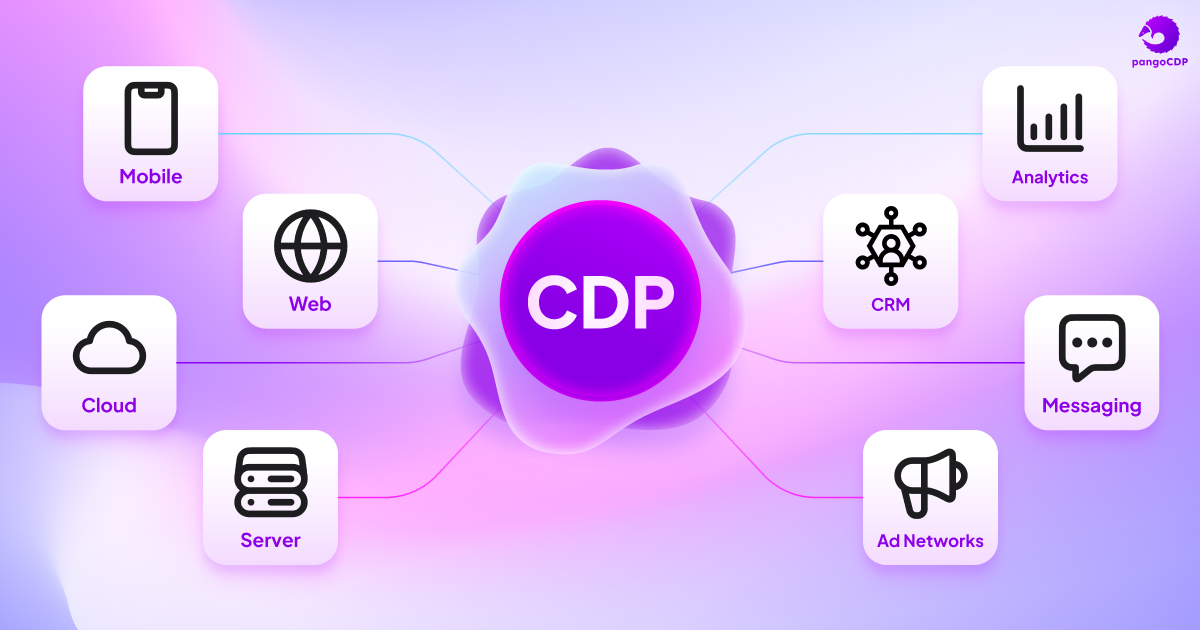
CDPs serve many different roles, not only directly related to customers but also impacting the business strategy of the enterprise. Marketing teams can use CDP to understand customer behavior and personalize campaigns. Product teams can use CDP in many different ways, from comprehending how users interact with products and services to making more detailed business decisions.
How CRMs and CDPs collect and manage data
Another important difference between CRM and CDP is how they collect and manage data:
CRM: Data in CRM is often collected manually and focuses on individual interactions. For example, information about phone calls or meetings with customers is often entered manually. This data is often not easily automated and has limited uses elsewhere outside of CRM.
CDP: Data in CDP is often collected automatically through integrations and code snippets. It aggregates data from a variety of sources, including websites, mobile applications, advertising, website traffic… This data is then cleaned, concatenated and aggregated to create an overview of the customer.
The difference between CRM and CDP determines how they are used and applied in business practice. The appropriate choice between these two technologies depends on the business goals of the enterprise. Often, businesses will use both to leverage the benefits they offer. CRM focuses on optimizing individual interactions with customers, while CDP helps businesses better understand customer behavior and use that data to make smarter business decisions.
PangoCDP – a tool to help businesses optimize costs and maximize revenue
PangoCDP is designed to free marketers from the complexity of technology and data, allowing you to focus on creativity and fine-tuning the customer journey.
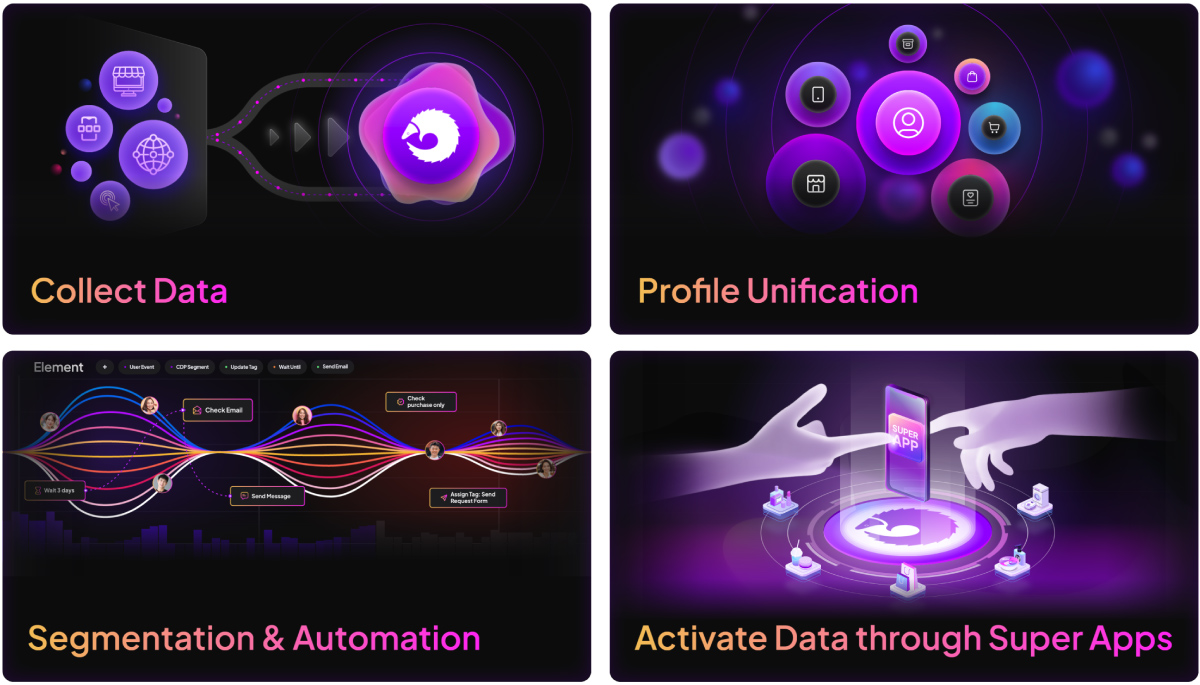
- Data Collection
PangoCDP includes user-friendly tools that support quick and easy online data collection and offline data integration.
- Merge User Profiles
Customer touchpoints are captured and linked visually, creating a consistent 360-degree profile.
- Segmentation & Automation
Marketing proactively builds customer segments suitable for each campaign with just a few steps, no longer depending on other departments.
- Activate Data through Super App
PangoCDP helps enable colorful and two-way communication channels across super apps, building limitless customer experiences with higher conversion rates and lower marketing costs.
Contact us to learn more about the PangoCDP
